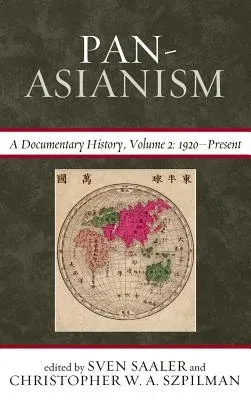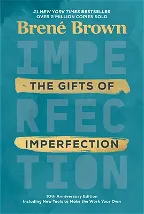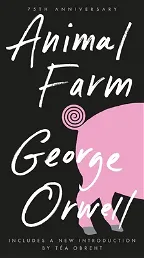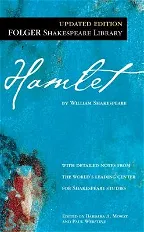This second volume in a two-volume set provides the only comprehensive,
Western-language history of Pan-Asianism through primary sources and
commentaries. The book argues that Pan-Asianism, often--though
unfairly--associated with the Yellow Peril, has been a powerful
political and ideological force in modern Asia. It has shaped national
identities and strongly influenced the development of international
relations across Asia and the Pacific. Scholars have long recognized the
importance of Pan-Asianism as an ideal of Asian solidarity, regional
cooperation, and integration but also as an ideology that justified
imperialist expansion and military aggression. Yet sustained research
has been hampered by the difficulty of accessing primary sources.
Thoroughly remedying this problem, this unique sourcebook provides a
wealth of documents on Pan-Asianism from 1920 to the present, many
translated for the first time from Asian languages. All sources are
accompanied by expert commentaries that provide essential background
information. Providing an essential overview of Pan-Asianism as it
developed throughout modern Asia, this collection will be an
indispensable tool for scholars in history, political science,
international relations, and sociology. Its accessible presentation
makes it a valuable resource for non-specialists as well. Contributions
by: Roger H. Brown, Kristine Dennehy, Prasenjit Duara, Eddy Dufourmont,
Curtis Anderson Gayle, Jung-Sun N. Han, Hatsuse Ryuhei, Eri Hotta,
Eun-jeung Lee, Stefano von Loë, Ethan Mark, Muto Shutaro, Li Narangoa,
Sven Saaler, Michael A. Schneider, Kyoko Selden, Mark Selden,
Christopher W. A. Szpilman, Brij Tankha, Christian Uhl, and Torsten
Weber.













